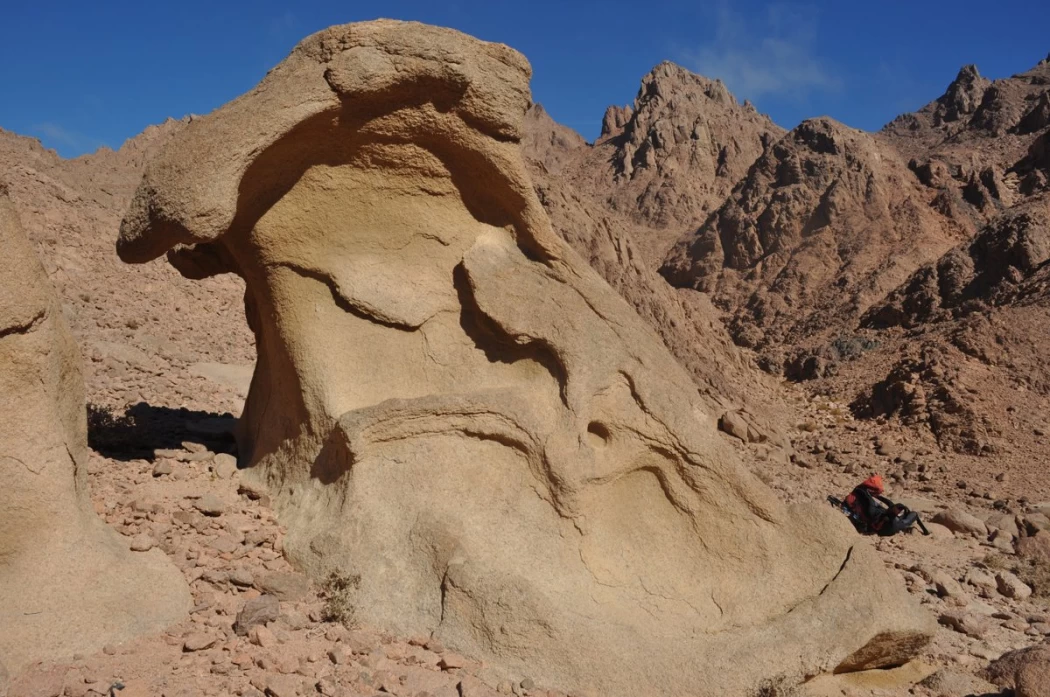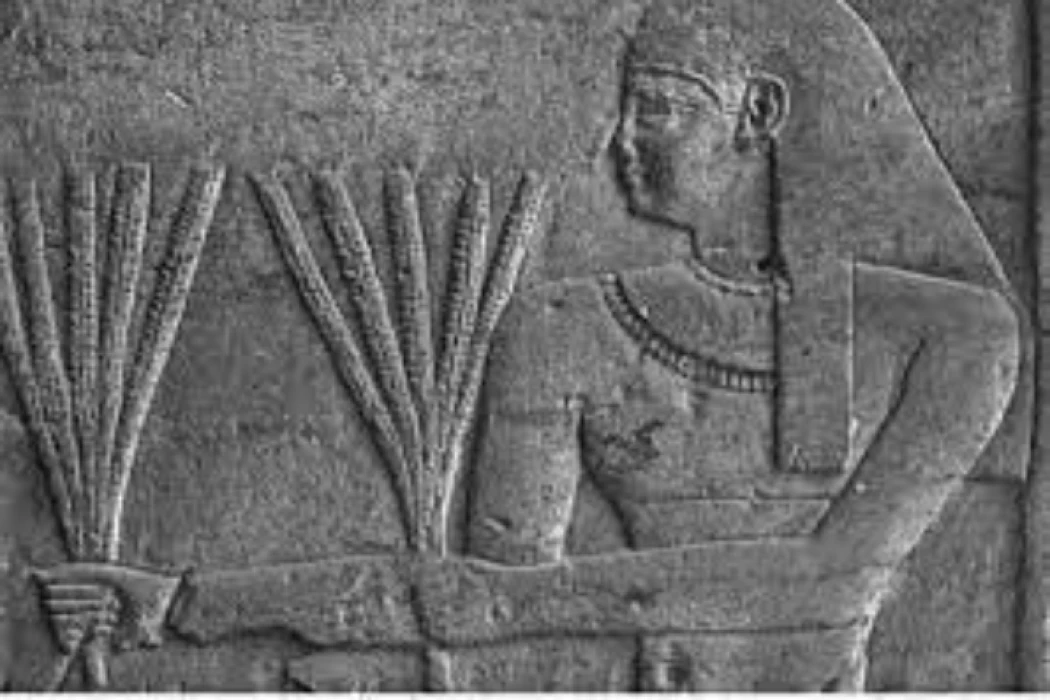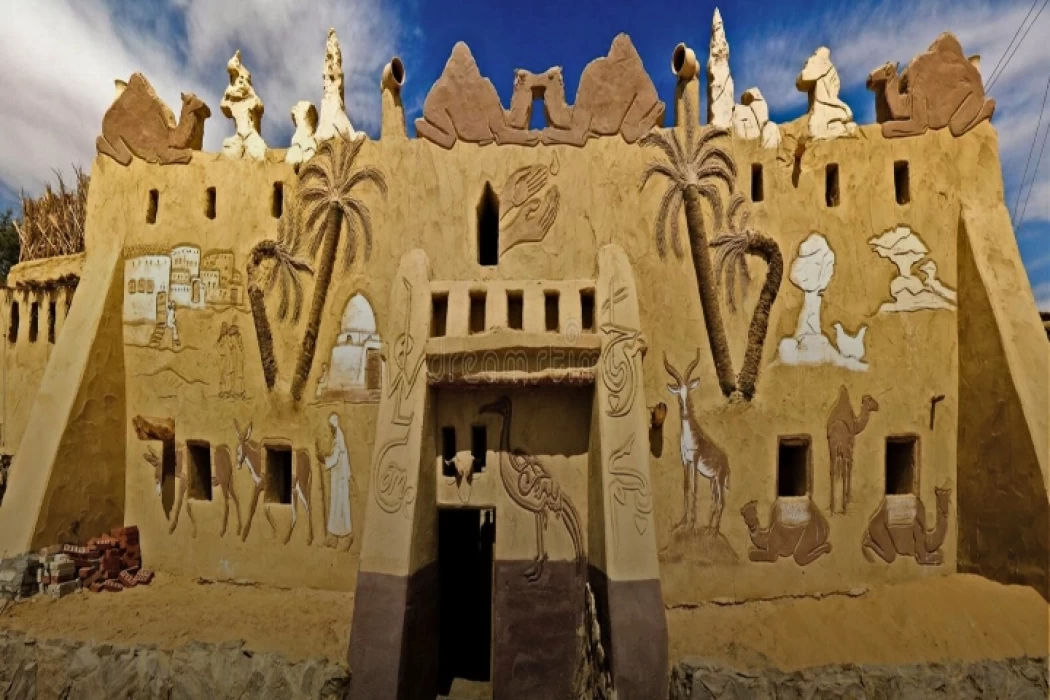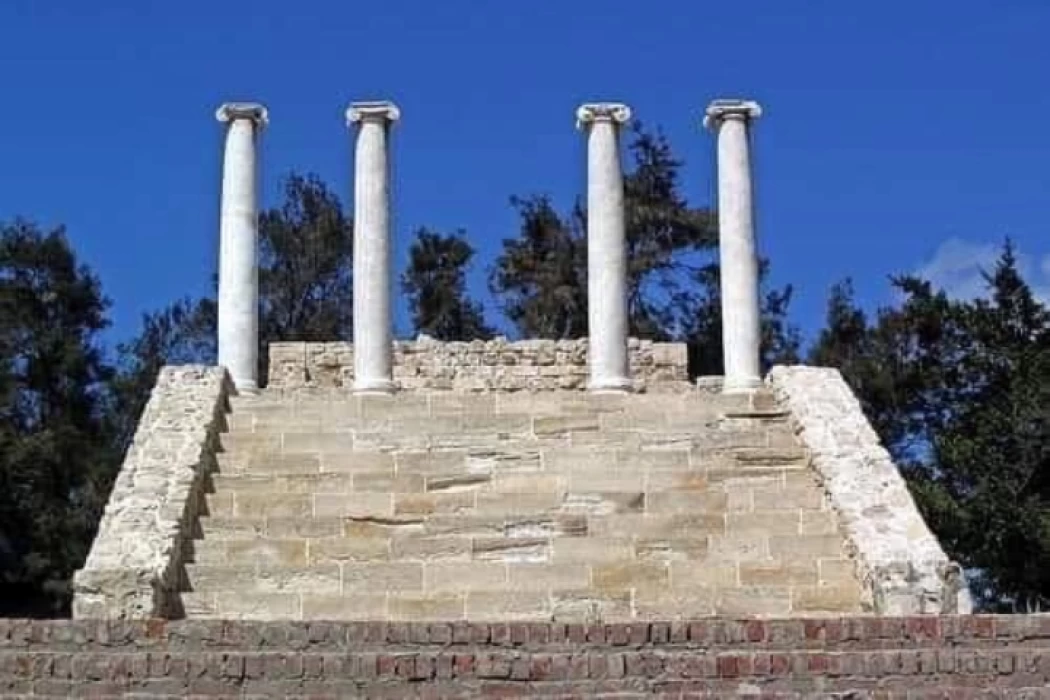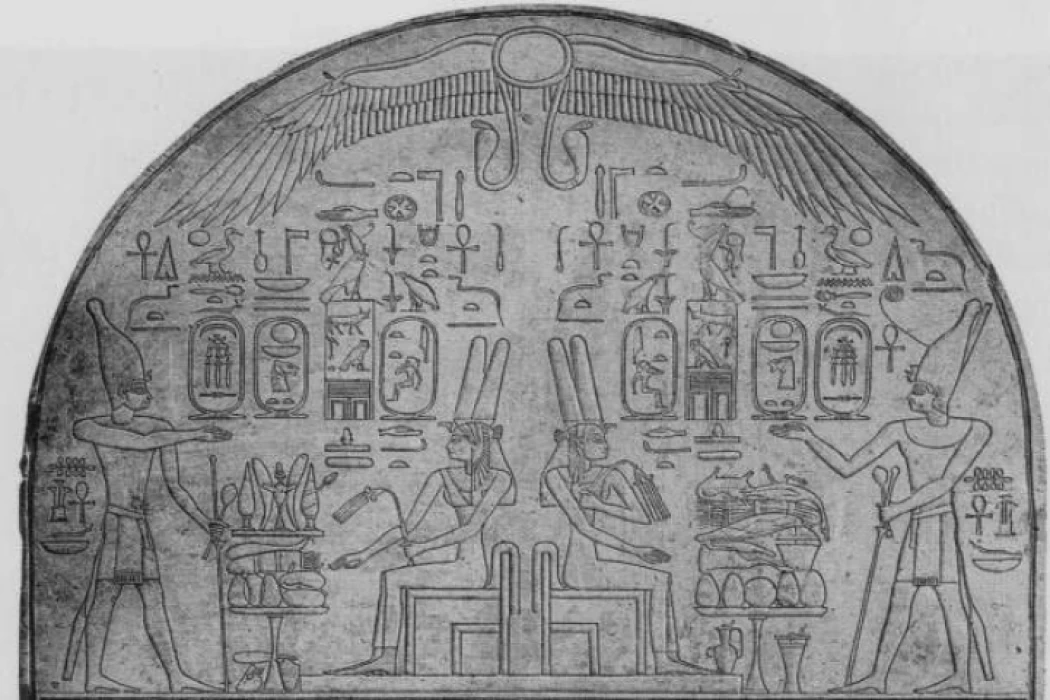
The Queen Tetisheri
Queen Tetisheri was the wife of King Saqnun Ra TAA I and the mother of King Saqnun Ra TAA II, and the grandmother of both King KAMS and Ahmose I.
Tati Shara from saqnun ra ta'a I gave birth to a son, saqnun ra ta'a II, and a daughter, Iha-hateb. Ta'a II married his sister Iha-hateb, and had Kames and Ahmes I, the founder of the Eighteenth Dynasty and the persecutor of the Hyksos.
what he made for his grandparents, especially his grandmother and mother, in which he came to address his wife (really, he passed through the thoughts of my mother's mother, the mother of my father the great royal wife, and the late royal mother I have told you this because my majesty wishes to erect a pyramid and a temple for her in the holy land near the relics of my majesty.
Her tomb
The Tomb of Tetisheri at the Bahari monastery, among several other mummies.
Her role in the liberation war
Although the role she played is not clear specifically, but there is no room for doubt that she had a role in the early struggle and she later gave her son and grandchildren all her experience and advice, and the texts and monuments reflected her position both in her life and after her death, where she was given a piece ارض in the north of the Delta after the expulsion of the Hyksos as a reward for the victory, and there is an important limestone painting now in the Museum of London, and while we see King the royal mother Tati Shari to represent the family on that important religious occasion.
Tetisheri received a great degree of honor after her death, where her grandson, Ahams, was complimentary to her memory, and there is a painting known as the Abydos painting
Study of the Abydos plate
The Abydos painting is now kept in the Egyptian Museum in Cairo, depicting Ahmose and he was sitting with his wife ” Ahmose Nefertari ” thinking about what they can do for their ancestors, and his sister said to him, ” why do you remember these things, what's in your heart, ” and the King answered her himself, saying: the deceased, although she has a burial chamber and a mausoleum above the Thebes and Abydos provinces but I tell you this because my Majesty considers that a pyramid and a temple should be built for her in the holy land near my majesty's monument as a memorial gift from my majesty. ”
The text goes on to recount that the King had already built that pyramid and temple surrounded by a lake, trees, lists of offerings, the grant of land, and the supply of priests to perform religious rituals
Latest Articles
Admin
Regin of Abbas I of Egypt | Abbas Pasha I
Abbas has been often described as a mere voluptuary, but Nubar Pasha spoke of him as a true gentleman of the "old school". He was seen as reactionary, morose and taciturn, and spent nearly all his time in his palace. He undid, as far as lay in his power, the works of his grandfather, both good and bad.
Admin
Biography of Tewfik Pasha/ Tawfiq of Egypt
Muḥammad Tawfīq Pasha (born April 30, 1852, Cairo, Egypt—died Jan. 7, 1892, Ḥulwān) was the khedive of Egypt (1879–92) during the first phase of the British occupation. The eldest son of Khedive Ismāʿīl, Tawfīq, was distinguished from other members of his family by having engaged in study in Egypt rather than in Europe
Admin
Story of Gabal Shayeb Al Banat - Red Sea Mountain
Jabal shayb al-banat is one of the Red Sea Mountains in the eastern desert in Egypt, located to the west of the city of Hurghada at a latitude of 27 degrees north and a longitude of 33.5 degrees east of the Greenwich line approximately, this mountain is the highest mountain peak in the eastern desert with a height of up to 2185 meters, it is a prominent mass of igneous rocks
Admin
Neper God Of Grain
Neper was the deity of grains, particularly cereals that were important in Ancient Egypt, such as wheat and barley. It was stated that he foretold when the crops would grow, be harvested, and disappear.
Admin
Badr Museum in Farafra
The Badr Museum is located in a mud building, which is the common home found in this medieval part of Egypt. All of the artwork that was created by the artist is quite unique. His work almost always depicts life in the Farafra Oasis and he provides the work through both painting and sculpting.
Admin
The Black Head Temple
The Black Head Temple is a small temple dedicated to the worship of the goddess Isis and was discovered in 1936, by chance, in the Black Head area, which is now located within the Mandara area of the Montazah district in Alexandria. This temple was moved from its original place to the Latin Necropolis in 1994.
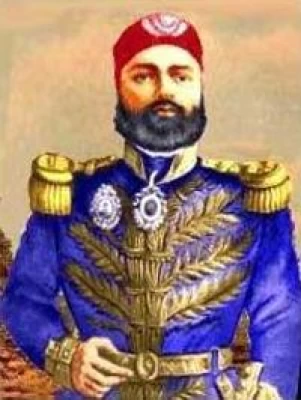
-webp.webp)
